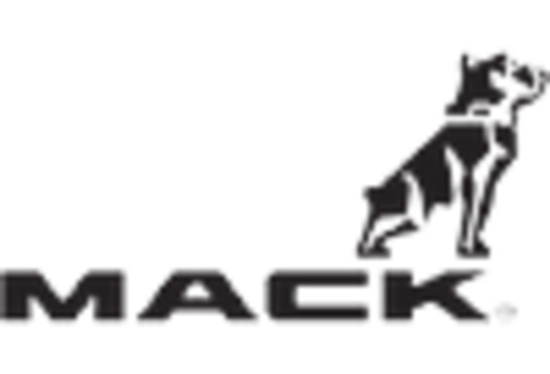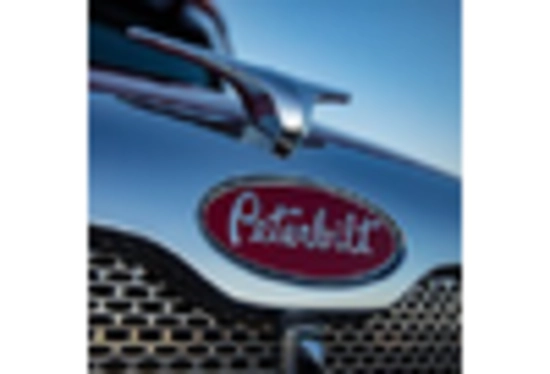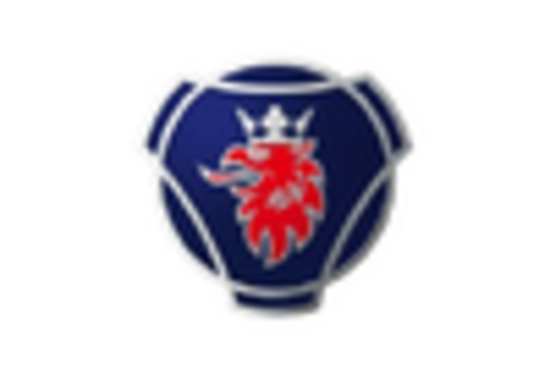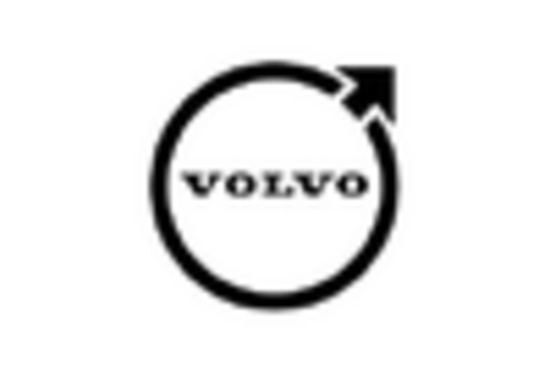Regulatory Compliance and Standards
Regulatory frameworks governing sanitation and waste management are becoming increasingly stringent, thereby influencing the Lavatory Service Vehicle Market. Governments are implementing stricter regulations to ensure public health and environmental safety, which necessitates the use of specialized vehicles for waste collection and disposal. Compliance with these regulations often requires investment in advanced lavatory service vehicles that meet specific standards. As a result, manufacturers are compelled to innovate and adapt their products to align with these evolving regulations, potentially leading to a more competitive landscape within the Lavatory Service Vehicle Market.
Expansion of Infrastructure Projects
Infrastructure development projects, particularly in urban areas, are significantly impacting the Lavatory Service Vehicle Market. As cities expand and new facilities are constructed, the demand for effective waste management solutions increases. This trend is particularly evident in the construction of airports, stadiums, and large public venues, where the need for lavatory services is critical. The market is expected to benefit from these developments, with projections indicating a potential increase in demand for lavatory service vehicles by up to 10% in regions undergoing major infrastructure upgrades. This presents a lucrative opportunity for manufacturers to cater to the evolving needs of the Lavatory Service Vehicle Market.
Increasing Demand for Hygiene Solutions
The Lavatory Service Vehicle Market is experiencing a notable surge in demand for hygiene solutions. This trend is driven by heightened awareness regarding sanitation and cleanliness, particularly in public spaces. As urbanization continues to rise, the need for efficient waste management systems becomes paramount. The market for lavatory service vehicles is projected to grow, with estimates suggesting a compound annual growth rate of approximately 5% over the next few years. This growth is indicative of a broader societal shift towards prioritizing health and hygiene, thereby creating opportunities for manufacturers to innovate and enhance their offerings in the Lavatory Service Vehicle Market.
Technological Innovations in Vehicle Design
Technological advancements are playing a pivotal role in shaping the Lavatory Service Vehicle Market. Innovations in vehicle design, such as improved waste storage systems and enhanced mobility features, are making lavatory service vehicles more efficient and user-friendly. The integration of smart technologies, including GPS tracking and automated waste management systems, is also gaining traction. These advancements not only improve operational efficiency but also enhance service delivery, thereby attracting more customers. As technology continues to evolve, the Lavatory Service Vehicle Market is likely to witness a transformation that could redefine service standards and operational capabilities.
Growing Focus on Environmental Sustainability
The Lavatory Service Vehicle Market is increasingly influenced by a growing focus on environmental sustainability. As concerns regarding waste management and environmental impact rise, there is a push towards eco-friendly solutions. This includes the development of vehicles that utilize alternative fuels and materials that minimize environmental footprints. The market is witnessing a shift towards electric and hybrid models, which are perceived as more sustainable options. This trend is expected to gain momentum, with projections indicating that by 2030, nearly 30% of new lavatory service vehicles could be electric. Such developments not only align with The Lavatory Service Vehicle Industry.


















Leave a Comment